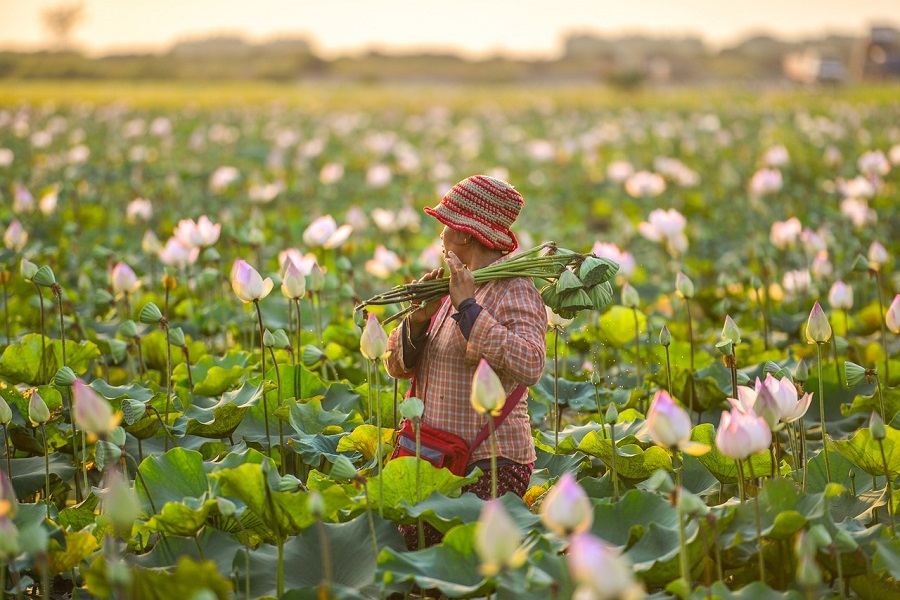The Rise of Lifestyle Farmers: Blending Passion with the Rural Life

In recent years, the concept of lifestyle farming has gained popularity across the globe, especially in countries like India, Australia, the U.S., and parts of Europe. Unlike traditional farmers who rely on agriculture as their primary source of income, lifestyle farmers adopt farming as a way of life rather than a livelihood. Their motivation is rooted in passion, sustainability, wellness, and the desire for a slower, more meaningful lifestyle.
Who Are Lifestyle Farmers?
Lifestyle farmers are typically individuals or families—often urban professionals, retirees, or entrepreneurs—who choose to live on small farms or rural properties. They are not necessarily focused on large-scale agricultural production but are driven by personal fulfillment. Many grow their own food, rear animals, or cultivate specialty crops like herbs, flowers, or organic vegetables. Some also run homestays, agritourism ventures, or workshops on sustainable living.
Why Lifestyle Farming is Gaining Traction
Escape from Urban Stress: With the rising mental health issues and burnout in urban environments, many people are opting for rural settings to find peace and balance.
Sustainability and Organic Living: Lifestyle farmers often embrace organic farming methods, composting, rainwater harvesting, and eco-friendly construction. The focus is on reducing carbon footprint and living harmoniously with nature.
Desire for Self-Sufficiency: The pandemic triggered a renewed interest in self-reliance, encouraging people to grow their own food, store produce, and make sustainable lifestyle choices.
Digital Flexibility: Remote work and digital tools allow lifestyle farmers to maintain their careers or run online businesses while managing their farms.
Passion Projects: From bee-keeping and mushroom farming to breeding rare poultry, lifestyle farmers pursue hobbies that contribute to local ecosystems and communities.
Challenges Faced by Lifestyle Farmers
Despite its appeal, lifestyle farming is not without difficulties:
Lack of Experience: Many lifestyle farmers are first-timers with no agricultural background, which can lead to trial-and-error approaches.
Capital and Maintenance Costs: Setting up even a small farm requires investment in land, equipment, irrigation, and livestock.
Access to Markets: Selling excess produce may be hard without local market linkages or knowledge of agri-business.
Isolation: While serene, rural life can also be isolating, especially for those used to urban social settings.
India’s Lifestyle Farming Movement
In India, lifestyle farming is catching on in regions like Himachal Pradesh, Uttarakhand, Goa, and parts of Maharashtra and Karnataka. Urban dwellers from Delhi, Mumbai, and Bengaluru are buying small plots or converting ancestral land into organic farms. Social media is filled with stories of professionals-turned-farmers who share their journeys through vlogs, Instagram pages, and YouTube channels.
Entrepreneurs are creating models like farm stays, wellness retreats, and eco-villages, giving people a taste of rural life while promoting agro-tourism and sustainable development.
The Way Forward
Lifestyle farming represents more than just a trend—it’s a reflection of a growing consciousness about health, environment, and personal well-being. As technology continues to bridge the urban-rural gap, and awareness about sustainability deepens, lifestyle farming could redefine how we view agriculture—not just as a means of survival, but as a fulfilling way of life.
























